With its extensive variety of plants, which exhibit an amazing array of sizes, colors, and shapes, nature never ceases to astound us.
On this fascinating voyage, one may come across fruits that eerily resemble the tomato, a common element in dishes all around the world.
Although these fruit varieties are not tomatoes, their apparent likeness piques interest and demonstrates Mother Nature’s inventiveness.
Come explore the amazing world of fruits that resemble tomatoes with us.
Top 10 Fruits That Look Like a Tomato
1. Tamarillo (Cyphomandra betacea)
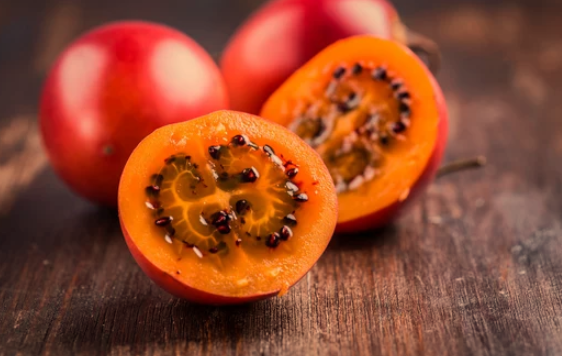
Often referred to as the “tree tomato,” the tamarillo hails from the Andes region of South America.
Resembling a plum-sized tomato, this egg-shaped fruit boasts a vibrant skin ranging from deep red and orange to yellow and even purple.
The tamarillo’s tangy flavor leans towards the tomatoes, making it an intriguing culinary addition for chutneys, salsas, and sauces.
Rich in vitamins A and C, tamarillos also offer a healthy dose of antioxidants.
2. Pitahaya (Dragon Fruit – Hylocereus)
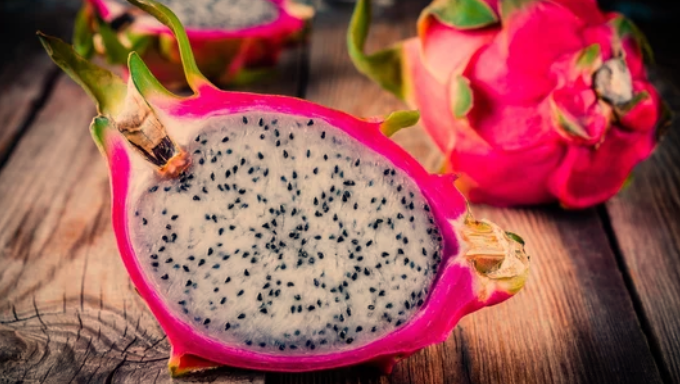
While not a tomato, the pitahaya, commonly known as dragon fruit, displays a striking similarity due to its round shape and bright colors.
Native to Central America, this exotic fruit comes in several varieties, with white-fleshed and vibrant pink-fleshed options.
Its mildly sweet taste and unique texture make it a popular choice for smoothies, salads, and fruit bowls.
3. Pepino (Solanum muricatum)
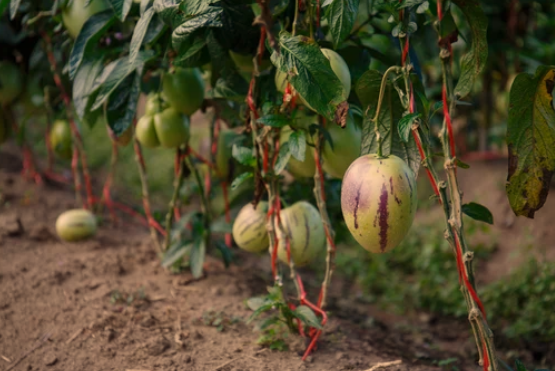
The Pepino, often called the “melon pear,” is native to the Andes but is now cultivated in various parts of the world.
Sporting a thin tomato-like skin, the pepino’s flavor is a blend of cantaloupe and cucumber.
Its creamy flesh, speckled with tiny edible seeds, adds an element of crunch to its delectable taste. Rich in vitamins and minerals, the pepino is an excellent choice for a refreshing snack or dessert.
4. Guava (Psidium guajava)
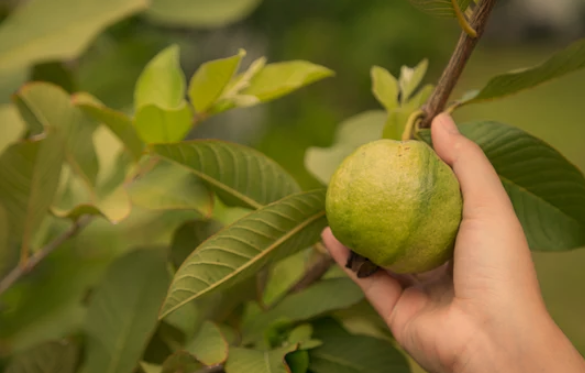
Native to Central America, the guava is another fruit that bears a resemblance to the tomato in terms of size and color.
The guava’s skin can range from pale green to vibrant yellow, while its interior boasts a sweet, fragrant, and slightly tangy flavor.
Packed with dietary fiber, vitamins, and antioxidants, guavas are commonly used in jams, jellies, beverages, and baked goods.
5. Cape Gooseberry (Physalis peruviana)
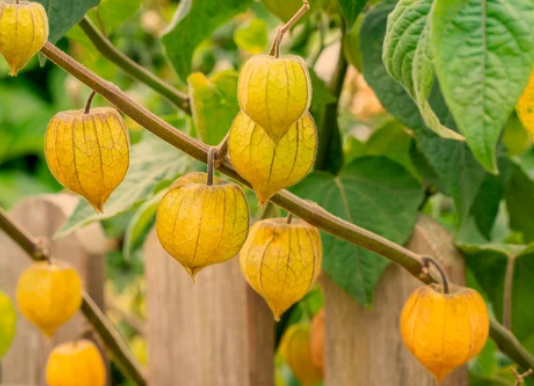
The cape gooseberry, also known as the goldenberry or ground cherry, is a small, round fruit enclosed in a papery husk.
While the outer covering might remind you of a tomatillo, the fruit itself is a sweet and tangy explosion of flavor.
Originating in South America, cape gooseberries are now cultivated in various parts of the world.
They are often enjoyed as a fresh snack, used in desserts, or transformed into jams and preserves.
6. Kumato Tomato
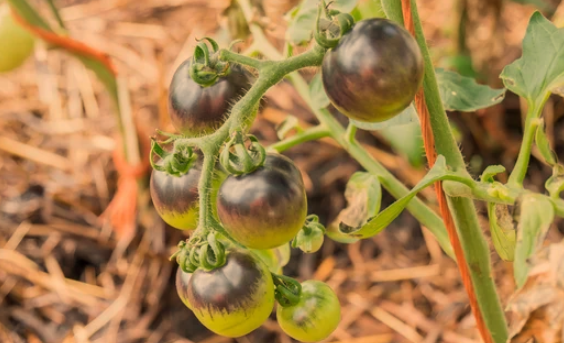
Speaking of tomatoes, there’s a specific variety known as the kumato tomato that merits a mention here.
The kumato tomato is distinct for its deep brown color, which might easily be mistaken for the hues of other fruits. However, it’s still a tomato, albeit with a unique appearance.
This tomato variety has a rich, complex flavor that leans towards sweetness with a hint of acidity. It’s a versatile ingredient, ideal for salads, sandwiches, sauces, and more.
7. Red Currant (Ribes rubrum)
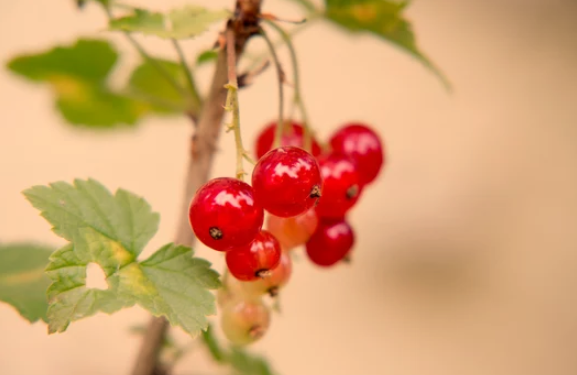
Fruits That Look Like a Tomato
Red currants are small, vibrant red berries that grow in clusters on deciduous shrubs.
While not identical to tomatoes, they share a similar round shape and can be mistaken for miniature tomatoes at a glance.
These berries have a tart and slightly sweet flavor, making them a favorite for jams, jellies, sauces, and baked goods. Red currants are also valued for their high vitamin C content and antioxidant properties.
8. Chinese Lantern (Physalis alkekengi)
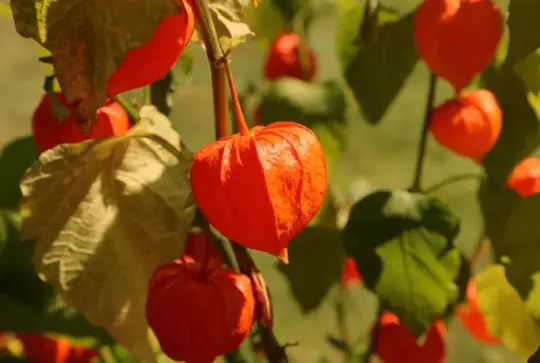
Although not a fruit suitable for consumption, the Chinese lantern plant produces distinctive, papery, lantern-like husks that encompass a small fruit.
These husks change from green to vibrant orange as they mature, resembling a unique form of “tomato” in appearance.
While not edible like traditional fruits, the Chinese lantern plant is often grown for ornamental purposes, adding a touch of whimsy to gardens and floral arrangements.
9. Husk Tomato (Physalis ixocarpa)
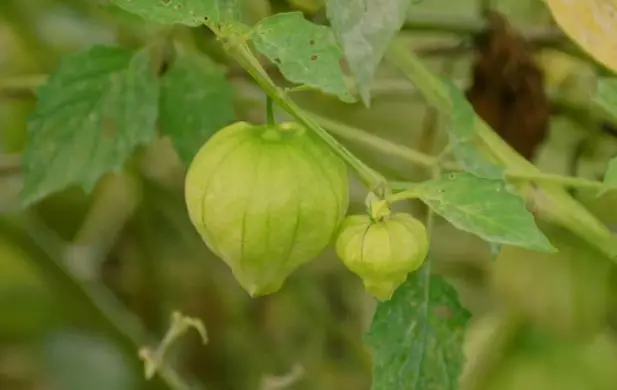
Husk tomatoes, also known as tomatillos, bear a close resemblance to green tomatoes.
These small, round fruits are enclosed in a papery husk, which gives them a distinctive appearance.
Although they might remind you of unripe tomatoes, husk tomatoes have a slightly tart flavor that adds a zing to various dishes.
They are a crucial ingredient in Mexican cuisine, particularly for making salsa verde.
10. Husk Cherry (Physalis pruinosa)
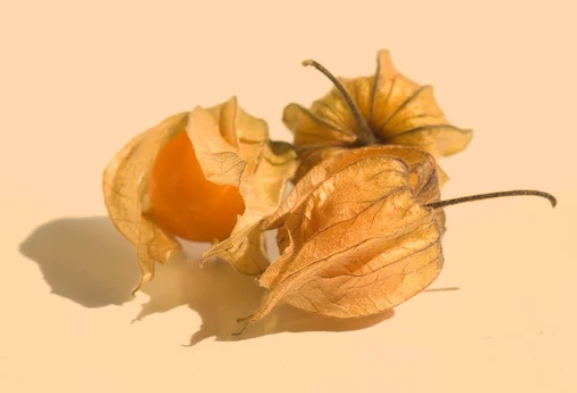
Husk cherries, also known as ground cherries or strawberry tomatoes, have a golden-hued exterior that might make them look like small, unripe tomatoes.
Encased in a papery husk, these fruits have a sweet and tropical flavor with a hint of citrus.
They can be enjoyed as a snack, incorporated into salads, or used to create jams and preserves. Husk cherries add a touch of whimsy to both the culinary world and garden landscapes.
Summary
The world of fruits that bear a resemblance to tomatoes is a testament to the remarkable diversity and creativity found in nature.
From the tamarillo’s tangy allure to the husk tomato’s zesty potential, each of these fruits showcases how similar appearances can lead to distinctly different flavors and culinary applications.
Whether enjoyed for their taste, used as decorative elements, or cultivated for their ornamental value, these fruits remind us that nature’s beauty is both captivating and endlessly intriguing.




